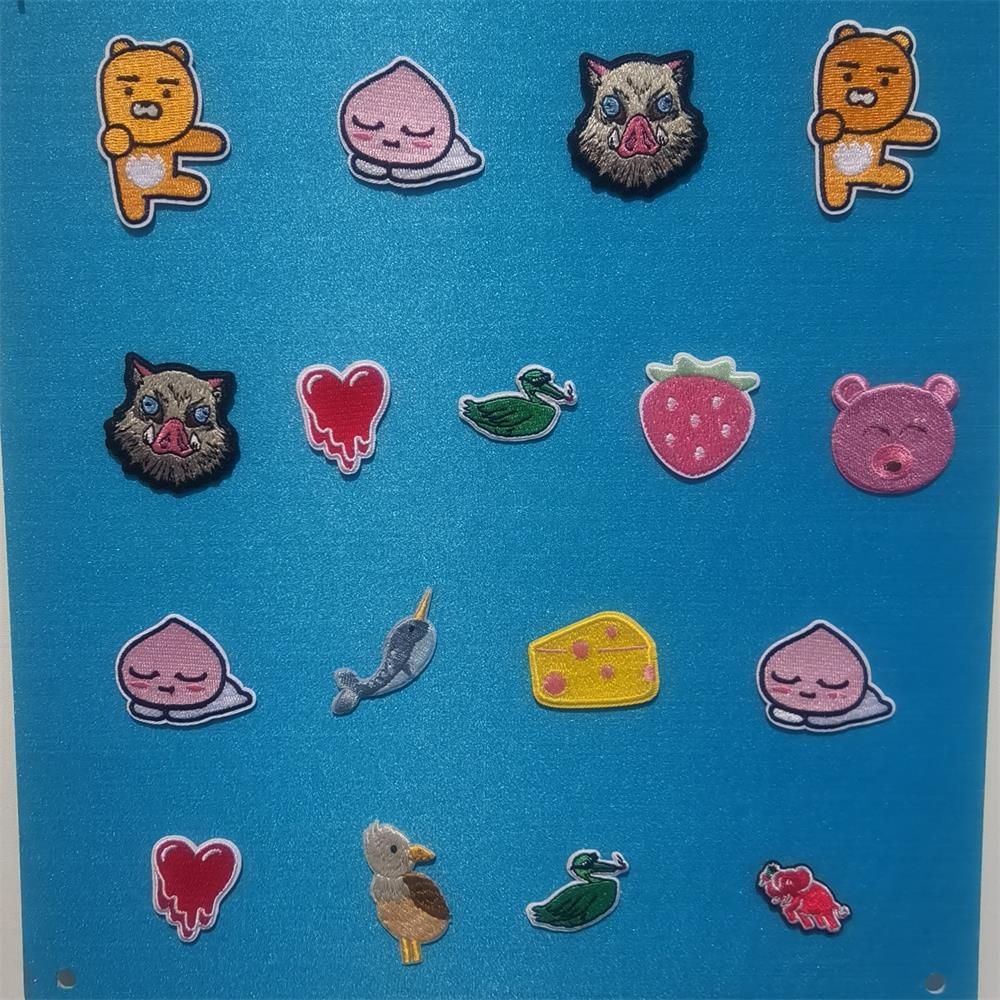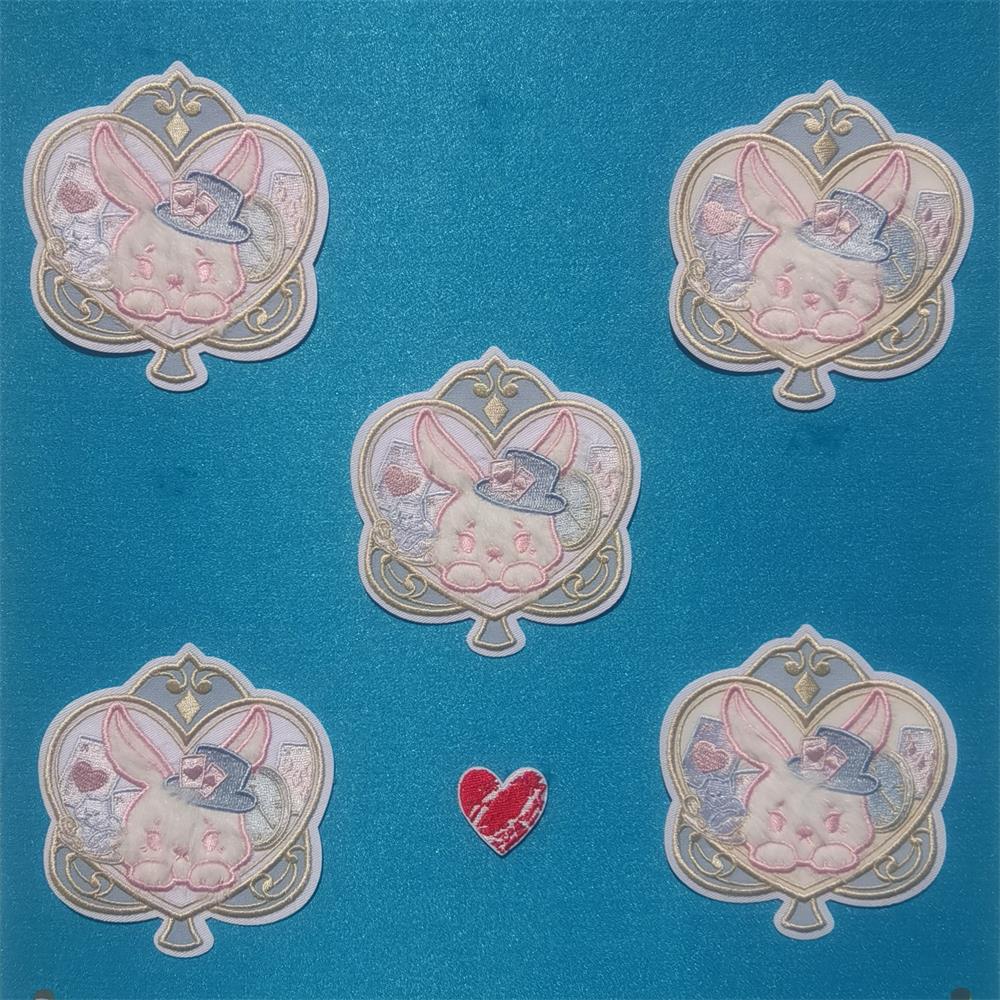Embroidery patch refers to the process of embroidering the logo in the picture through the software that designs the logo in the picture in the computer, and then embroidering the pattern on the fabric through the embroidery machine, making some cuts and modifications to the fabric, and finally making a piece of fabric with the embroidered logo. It is suitable for all kinds of casual wear, hats, bedding and shoes, etc. The steps are as follows:
Step 1: Pattern design or sketching. This should be a drawing, a photo or a previously made emblem that can be reproduced on a machine. For embroidery reproduction, the sketch does not have to be as accurate as the finished product. We just need to know the idea or sketch, the color and the necessary size. It is not like other ways of producing emblems, where the drawing has to be redrawn so that it can be reproduced. We say "redrawing" because what may be drawn does not have to be embroidered. But it takes someone with some knowledge of embroidery and the ability to operate a machine to do this reproduction work. Once the sketch is done, the fabric sample and the thread used are approved by the user.
Step 2: Once the design and colors are agreed upon, the design is enlarged into a technical drawing 6 times larger, and based on this enlargement a version to guide the embroidery machine should be typed. The place-setter should have the skills of an artist and a graphic artist. The stitch pattern on the chart suggests the type and color of thread used, while taking into account some of the requirements made by the patternmaker.
Step 3: Now it is the plate maker's turn to use a specialized machine or computer to make the pattern plate. There are many ways to instruct this specialized machine: from paper tapes to discs, the platemaker will be familiar with this machine in his factory. In today's world, the various types of plate tapes can be easily converted to any other format, no matter what format it was before. At this stage, the human factor is most important. Only those highly skilled and experienced typesetters can act as badge designers. One can verify the typographic tape by various means, for example, on a shuttle machine with a proofer that makes samples, which allows the typographer to keep watching the condition of the embroidery being embroidered. When using a computer, samples are made only when the pattern tape is actually tested and cut on the prototype machine. So the patternmaker cannot be careless, but can use the monitor to check the condition of the pattern. Sometimes the customer needs to see if the sample is satisfactory, and the machine operator needs the sample to check how his product is.
Step 4: The proper fabric is spread on the embroidery frame, the proper thread is selected, the pattern tape or disc is inserted into the tape reader, the embroidery frame is placed at the correct starting point, and the machine is ready to be started. A computer-controlled automatic color change device should stop the machine when the pattern requires a color change and a needle change. This process does not end until the embroidery task is completed.
Step 5: Now remove the fabric from the machine and lay it on a table for trimming and finishing. During the embroidery process, in order to speed up each individual part of the embroidery without having to pierce the needle through the fabric or to change the color, etc. causing floating stitches and jumping stitches, they are cut off, then the badge is cut and taken away. This is the "manual cut" on the shuttle machine, but on the multihead machine, they are cut together as a whole, both during the embroidery process and when the scissors are at this point. For embroidery on shuttle machines, instead of laying the emblem on the table, a part of the emblem is cut by hand directly from the fabric, while the other part is still attached to the fabric. The entire badge is trimmed of floating threads, etc., by a thread cutting device. This is a time-consuming task. An optional automatic thread trimmer is available on the multihead machine to speed up the process, allowing the thread to be cut while the embroidery is in progress, thus eliminating the need for manual thread cutting and saving time significantly.


Post time: Apr-11-2023

